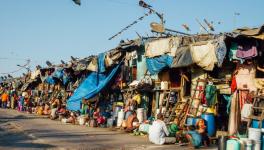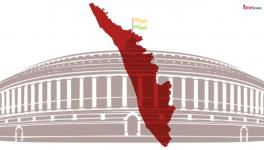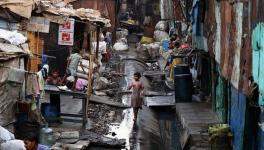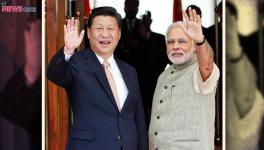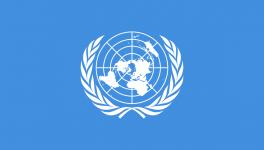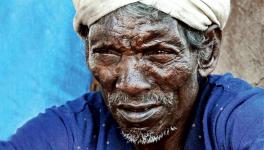As India Stares at Glaring Inequality, a One-Spot Jump in HDI is no Cause for Celebration
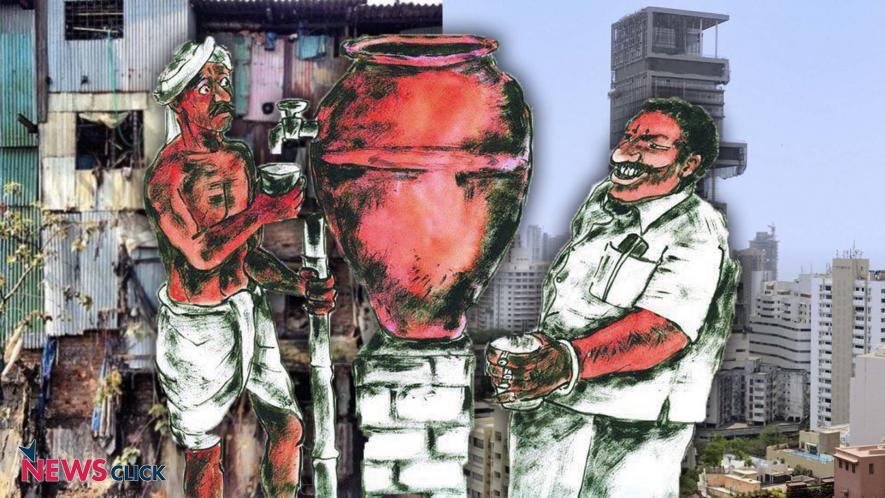
India may have jumped one notch up in its ranking in the latest Human Development Index -- at 131 among 188 countries -- the growing inequalities in the country are a serious cause for concern.
The HDI is the composite measure of every country’s attainment in three basic dimensions: standard of living measured by the gross national income (GNI) per capita, health measured by the life expectancy at birth, and education levels calculated by mean years of education among the adult population and the expected years of schooling for children.
The report, Human Development for Everyone, was released on Friday by the United Nations Development Programme. Pointing out to the problems of the depreciating human development, the country head of UNDP, Francine Pickup, has stated, that “India loses a quarter of its human development value due to its persistent inequality.”
Even though the report puts the country in the "medium human development" bracket, it points out towards glaring inequalities, which is reflected in the declining HDI value. When adjusted for inequality, the HDI value declines by more than a fourth when adjusted for inequality. In India’s case, the Inequality-adjusted HDI (IHDI) falls to 0.468, a 26.8% decrease, and far worse than the global average. This, HDI of 26.8% can be attributed to the stark inequalities in the country when it comes to the questions of access people have to education, health and more importantly income.
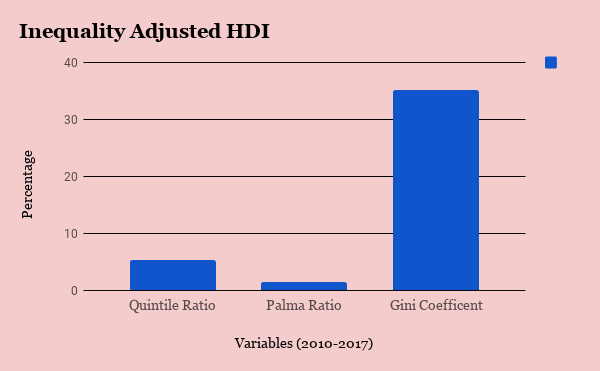
A closer look at Table 3 of the report(Inequality adjusted Human Development Index) makes the polarisation clear.
As shown in the graph, the Quintile Ratio, which in India’s case this is 5.3 which means that economically better off 20% of the population in the nation makes five times more money than the people falling in the poorest 20% bracket.
When one looks at another important parameter -- the palma ratio exposes just how stark the difference is as only the top 10% of India’s population makes almost two times more money than the bottom 40% or over six million people. The third crucial parameter or the Gini Coefficient measures distribution of income from the vantage point of a perfectly equal distribution, this parameter exposes just how uneven India’s growth has been.
When compared to the 1990s, the report states that on an average, people are living longer, are more educated, and have greater income today as is evident in the rise in average HDI levels since 1990 at 22% globally. The least developed countries registered a 51% increase. In keeping with the global trend, in the last 17 years since 1990, India registered a 50% increase. When understanding this increase, it is important to consider the soci0-economic overhauls that have taken place in the last 28 years, therefore, the comparisons made to 1990 may not be the best indicator of the country’s progress.
If one thing has become more evident from this report, it is the fact that the country is currently witnessing slower growth. Many including the UN officials themselves have come forth and stated that there are direct links of gross inequality and how the country fares on the parameters of treating its women.
Commenting on this, Pickup in an interview to NDTV, said "For a country that has made such remarkable progress, pockets of deprivation continue to prevent millions of people from fulfilling their true potential. Women especially continue to have a lower HDI than men, primarily because of fewer opportunities in education and at work". Despite overall progress, women continue to be deprived of a healthy life, knowledge and a decent standard of living. India ranks 127 out of 160 countries on the Gender Inequality Index which reflects gender-based inequalities in reproductive health, empowerment (political and educational), and economic activity.
As far as their HDI is concerned, the average HDI for women is 6% lower than for men, due to women’s lower income and educational attainment in many countries. India’s worst performance on the gender scale is with regards to its female participation in the labour market which is 27.2% compared with 78.8%t for men even as globally 49% women are part of the labour force as compared to 75% men. The statistics when compared to global averages become even more distressing as women’s participation in political processes remains abysmally low with women in India women holding only 11.6% of parliamentary seats, while only 39% of adult women have reached at least a secondary level of education as compared to 64% men.
The annual report may be titled ‘Human Development for Everyone’ but for this development to be inclusive, India has to face an uphill battle against forms of growth that are even and discriminatory against its own women, ethnic minorities and indigenous people. The vision of true human development in India will become a reality only when patterns of exclusion and lack of social empowerment are driven out of the lives of the country’s rural population, indigenous peoples, ethnic minorities, people with disabilities, migrants and refugees, and members of the lesbian, gay, bisexual, transgender and intersex community.
Get the latest reports & analysis with people's perspective on Protests, movements & deep analytical videos, discussions of the current affairs in your Telegram app. Subscribe to NewsClick's Telegram channel & get Real-Time updates on stories, as they get published on our website.









